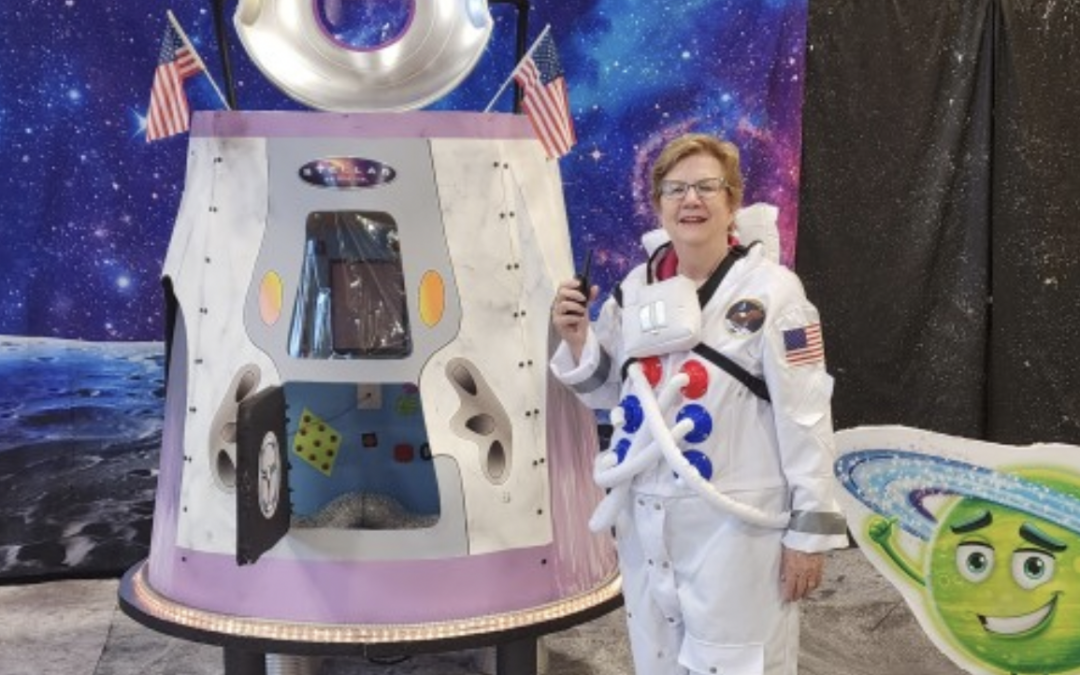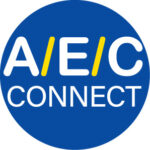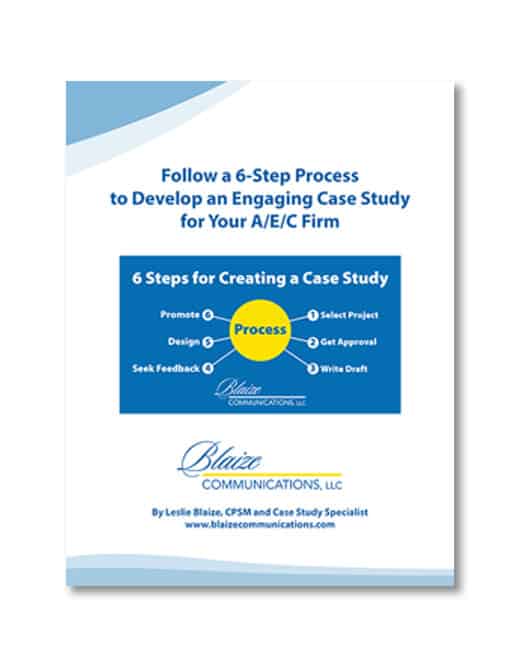I discovered that as an astronaut and writer, my goals were similar.
Convey a Clear Message
During the five-day SVBS, a leader and I presented short skits to about 125 youth and leaders. Each day we reinforced the day’s lesson. The audience learned about the challenges faced by Mickey Wey, a mechanic who was showing off his exploration skills on the moon. He wanted to prove that he had the qualifications to become a captain. The leader gave advice on how to cope with his challenges.
Mickey felt lonely, argued with a friend, consoled him, celebrated great test scores, and finally offered help. Through it all, the leader reinforced the SVBS message to “Shine Jesus’ light.”
Each day focused on a daily theme that was clear and to the point. For example, one day’s theme was “When people don’t get along, shine Jesus’ light.”
Writers also need to focus on a key message when creating web copy, a blog post, an article, or more. That content should align with a company’s overall strategic goals.
For instance, a case study may focus on how a client benefited from an engineering firm’s commissioning services for its new facility. The article supports the company’s mission as a Mechanical/Electrical/Plumbing company that provides services from design through ongoing operations.
Success Requires Preparation
Weeks ahead of time I began working on memorizing the script for my role. I reviewed the lines on my own and eventually had someone read the leader’s role. (Thanks, Harold and Emma!) I also started acting out my role.
As the SVBS opening grew closer, I met with my partner, a high school junior who played the leader, for an informal rehearsal and then a dress rehearsal. We went through the lines and decided on the staging for each day’s skit.
I also got help getting into my NASA astronaut costume, which featured many pieces. My dressers customized my outfit using duct tape so it would fit me.
I didn’t practice using the microphone because it wasn’t operational for the dress rehearsal. The headset fell off the first day because I didn’t pin it to my hair. My recovery was quick, but I was reminded that details matter.
Preparation also is key for any writing project. Writers typically spend a solid amount of time researching a topic and then writing the “crappy first draft.”
Author Ann Handley introduced the Writing GPS framework in her revised version of Everybody Writes. It includes an impressive 17 steps. But she breaks them down into three parts:
- Go (1-4): The prep and research groundwork
- Push (5-10): The writing and rewriting
- Shine (5-17): The polishing and publishing
With acting and writing, preparation is key. Without it, the final performance or written work won’t be as successful as it could be.
Setting the Stage
The moon set did a lot to captivate my young audience. It included a spaceship, comet, solar system backdrop, and more. When I walked out as Mickey Wey, the set and authentic costume helped set me up for success.
I salute all of the volunteers who spent countless hours working on the props. It makes a difference.
With content, the layout matters. Most readers are skimmers. Graphics, photos, subheads, and bullets help capture a reader’s attention. Don’t underestimate the value of white space.
Short paragraphs are the norm these days. However, sentence length can vary. If readers see a lot of dense copy, they probably won’t read it.
Add Some Sparkle
Before I walked onto the SVBS stage, I got in the right mindset. I considered Mickey Wey’s state of mind for each skit. His emotions ranged from being lonely, mad, happy, concerned, and helpful. It was my job to portray his feelings to engage the crowd.
My actions often helped bring my words to life. My role called for putting moon “rocks” into my backpack, throwing confetti, dancing around the leader and eating a Twinkie (Mickey’s favorite snack).
Writers can use many strategies to connect with their readers. They use descriptive words, personal experiences, metaphors, and more to reveal their intent. Artificial intelligence (AI) tools like ChatGPT can help writers brainstorm, create outlines, and suggest headlines. But AI can’t humanize content and evoke emotion to engage readers.
Have a Purpose
My goal as Mickey Wey was to help emphasize the message for this year’s Stellar VBS. I was part of an inspired team who shared the same goals.
As a freelance writer who specializes in the Architecture/Engineering/Construction industry, I collaborate with companies by creating content that addresses their clients’ challenges.
Playing Mickey Wey and writing for my clients have a lot in common. When my message is expressed clearly, it’s much easier to communicate with my audience, whether it’s youngsters at SVBS or my clients’ stakeholders. And when it goes well, it’s time to celebrate — with real or imaginary confetti or maybe even a Twinkie once in a while.
Want to Know More About Case Studies?
Subscribe to A/E/C Connect LinkedIn Newsletter if you’re interested in learning more.
If you have a challenge or question you would like me to address, please contact me online or email blaizecommunications@gmail.com.



